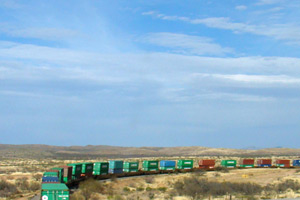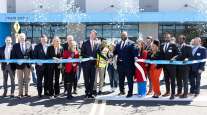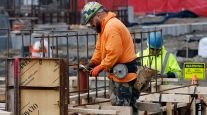America’s New Normal Will Look Pretty Slow, Fed Economist Says

The new normal for long-run U.S. economic growth could be 1.5% to 1.75% a year, a major slowdown from the 1990s and early 2000s as an aging population, more gradual gains in education and weak productivity growth take their toll.
In a new paper, Federal Reserve Bank of San Francisco economist John Fernald takes a stab at projecting the future normal rate of growth given long-term trends in the economy. The historically slow pace he comes up with would have major implications for America’s future prosperity.
With slower economic growth, worker wages and living standards would improve more slowly than in the past, and business sales would grow more slowly. Fiscal policymakers would be held back by more modest growth in tax revenue, and monetary policymakers would face a lower neutral rate of interest — the one that neither stimulates nor stokes the economy — meaning less room to cut rates to spur the economy in the event of a crisis.
While that paints a glum picture, there’s reason not to give up hope, because productivity could pick up from its current subdued pace and boost growth in the process.
“The major source of uncertainty about the future concerns productivity growth rather than demographics,” Fernald wrote. “Another wave of the IT revolution from machine learning and robots could boost productivity growth.”
The San Francisco Fed study’s projection is slightly more pessimistic than the Congressional Budget Office’s U.S. growth outlook, which sees gross domestic product expanding by 2.4% next year and 2.2% in 2018 before slowing to 1.9% on average from 2019 to 2026. The Federal Open Market Committee’s quarterly economic projections released in September saw growth at 2% in 2017 and 2018, and 1.8% over the longer run.




